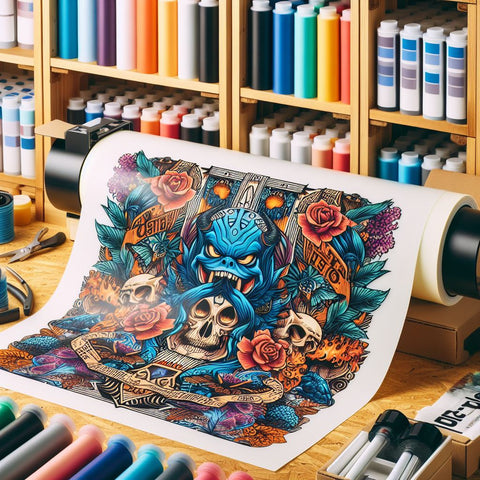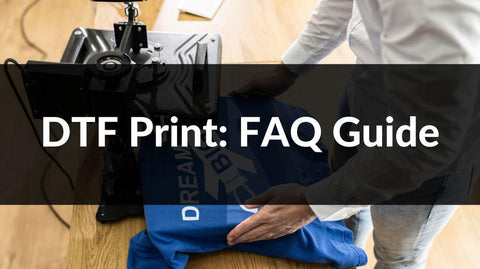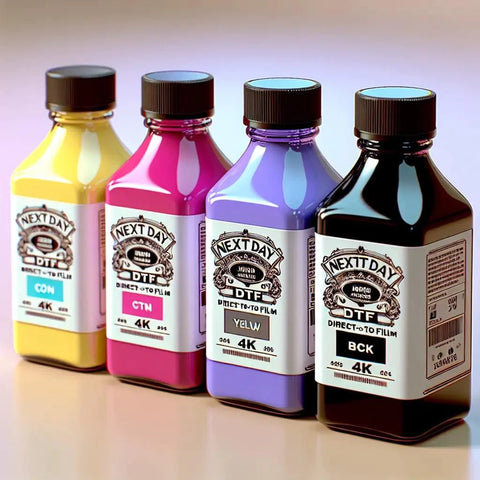How to Store Custom DTF Transfers: Expert Tips for Longevity
When it comes to maintaining the quality of your custom Direct to Film (DTF) transfers, proper storage is key. DTF transfers have revolutionized the textile printing industry with their ability to adhere to various fabric types and their ease of use. However, their longevity can be compromised without the right storage techniques. Here are expert tips to keep your custom DTF transfers looking great for as long as possible.
## Choose the Right Environment
**Temperature and Humidity Control:** Store your DTF transfers in a cool, dry place. Extreme temperatures and high humidity can affect the adhesive quality and color vibrancy of the transfers. Aim for a storage area with a consistent temperature range of 65-72°F (18-22°C) and relative humidity around 50%.
## Avoid Direct Sunlight and Dust
**Sunlight Exposure:** UV rays can fade the colors of your DTF transfers over time. Keep them away from direct sunlight by storing them in a dark place or using UV-protective covers.
**Dust-Free Storage:** Dust and debris can stick to the adhesive on DTF transfers and make them less effective. Store your transfers in a clean, dust-free environment, ideally inside sealed containers or bags.
## Keep Them Flat
**Prevent Bending and Folding:** To maintain the integrity of the transfers, store them flat. Bending or folding can cause creases and damage the transfer's ability to adhere properly to the fabric.
## Use Protective Sheets
**Interleave with Teflon Sheets:** Place Teflon sheets or parchment paper between individual transfers to prevent them from sticking together and to protect the printed side from scratches or other damage.
## Avoid Compression
**Do Not Stack Heavy Items:** Stacking heavy objects on top of your DTF transfers can cause them to stick together and possibly ruin the adhesive layer. Ensure that nothing is compressing your stored transfers.
## Properly Seal Unused Transfers
**Airtight Containers:** If you're not planning to use your transfers immediately, store them in airtight containers or zip-lock bags to protect them from air exposure, which can dry out the glue.
## Label and Organize
**Clear Labeling:** Keep your transfers organized by labeling them with the date of printing and other relevant details. This will help you use the oldest transfers first and keep track of inventory.
**Organized Storage System:** Develop an organized system for storing your transfers, such as filing cabinets or dedicated shelving units, to keep them sorted by design, size, or customer.
## Regularly Check Your Inventory
**Periodic Inspections:** Regularly inspect your stored DTF transfers for any signs of degradation or damage. This will allow you to address any storage issues before they affect the transfers.
By following these expert tips, you can ensure that your custom DTF transfers remain in pristine condition, ready for application when you need them. Proper storage is not just about maintaining quality; it's also about maximizing your investment and providing the best products for your customers.
Remember, the longevity of your DTF transfers can be a testament to the quality of your brand. Take the time to store them correctly, and they will keep looking great on your printed textiles for years to come.





Comments (0)
There are no comments for this article. Be the first one to leave a message!